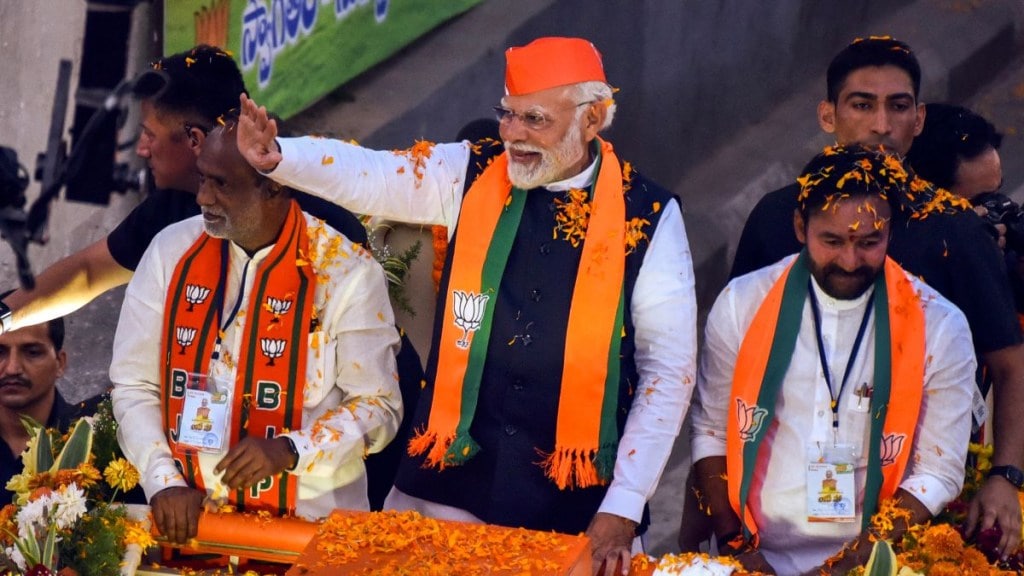The Bharatiya Janata Party (BJP), which backs the reform-oriented contributory National Pension System (NPS) will likely bring back the beneficiaries-funded new pension system (NPS) in Rajasthan and Chhattisgarh, where the party is set to form governments soon, having drubbed the ruling Congress party in the recent assembly elections.
The Congress governments in these two states had reverted to the fiscally imprudent non-contributory old pension system (OPS) from NPS last year, catering to the demand from government employees.
With the change of the guard, these two states would likely go back to NPS in due course next year, probably after the general elections, informed sources reckon.
Of the four major states that went into assembly polls, BJP-ruled Madhya Pradesh did not promise to go back to OPS. In Telangana, the Congress party did not include OPS in its six populist guarantees but made an assurance that it would implement OPS.
With some states reverting to the OPS for their staff, a Reserve Bank of India (RBI) paper has warned that the fiscal cost of OPS could be as high as 4.5 times that of the NPS in the event of all the states switching to OPS. This would virtually leave little resources for development works.
Rajasthan joined NPS in January 2004, becoming one of the few states which rolled out the scheme along with the Centre in 2004 and has around 0.57 million employee-subscribers. Till March 2022, the assets under management (AUM) for Rajasthan employees stood at around Rs 40,000 crore, which the pension regulator declined to hand over to the state government after it reverted to OPS. So, rejoining NPS would be smooth.
Rajasthan, with a debt-GSDP of around 40% is one of the highest fiscally stressed states in the country and double the prudential level of 20% set by an expert panel. Additionally, the northern state’s outstanding guarantees/GDP is at 7.2%. The guarantees, which are given by the state to its firms to raise funds for government programmes, are negative on the state’s credit profile (inflate borrowing cost) and fiscally not prudent.
With the subsidies/welfare steps announced by BJP, the fiscal deficit numbers for Rajasthan, already at 4% estimated for FY24 compared with the prudential level of 3% of GSDP, may deteriorate further.
Chhattisgarh rolled out the NPS for its staff in November 2004 and has about 0.32 million employee subscribers with an AUM of Rs 17,500 crore.
The debt to GSDP of Chhattisgarh is around 27% as against the prudential level of 20%. While the ratio is relatively better compared to many of its peers including Punjab and Rajasthan, these could deteriorate if populist measures like OPS are continued.
It would be interesting what course Telangana would take after Congress assumes power in the state later this month. After the creation of Telangana by bifurcating the then undivided Andhra Pradesh is one of the states with very high outstanding guarantees to GDP at 11.3%, meaning the state was one of the highest users of fiscally imprudent off-budget mechanism to fund state programmes. Such a high guarantee level understates the state’s debt-GSDP at 28%. Telangana has around 0.19 million employees under NPS with an AUM of Rs 13,000 crore.
Meanwhile, a panel headed by finance secretary TV Somanathan is examining ways to increase pensionary benefits under NPS in view of the demands from the central government staff.

